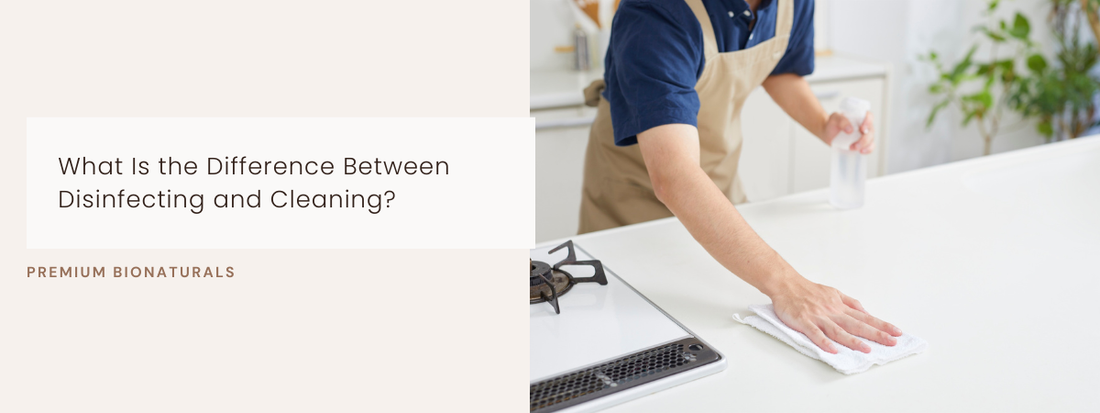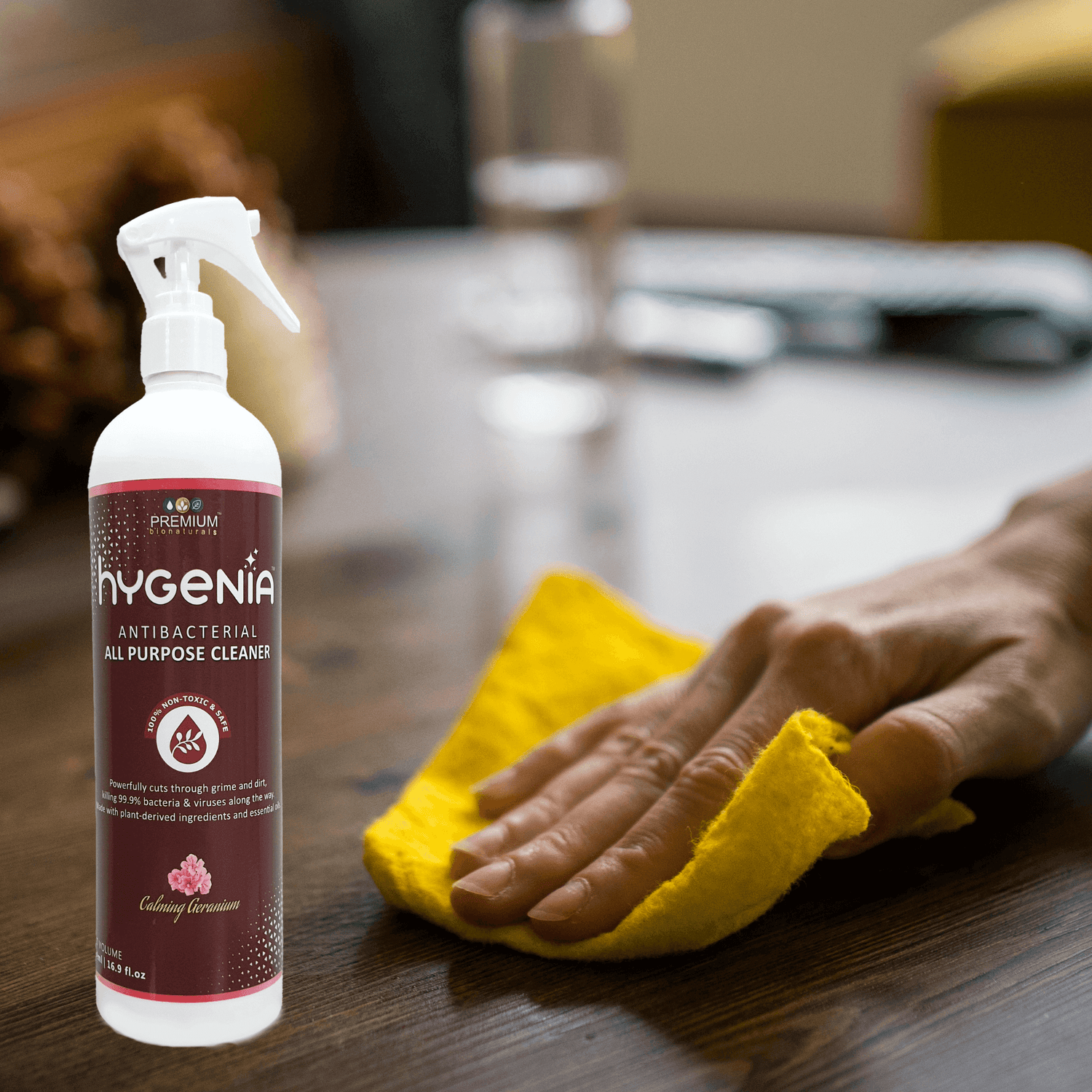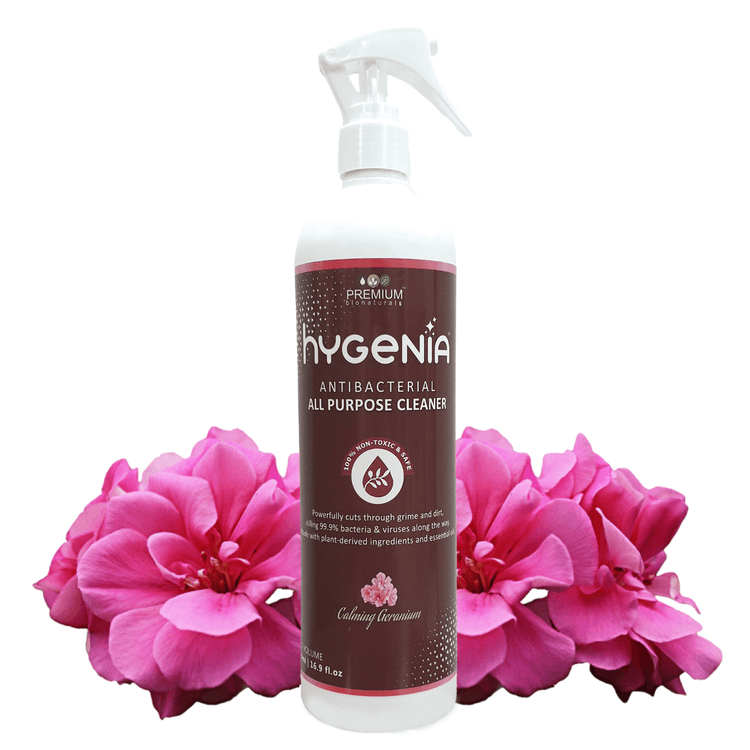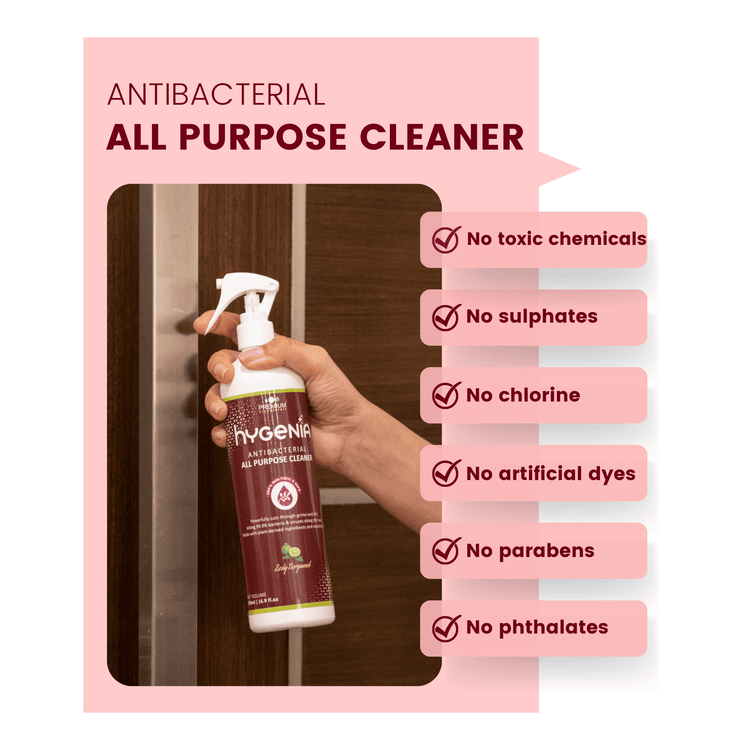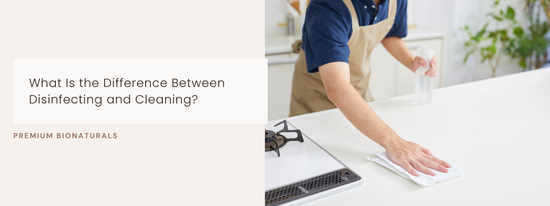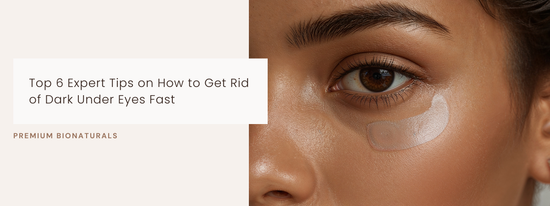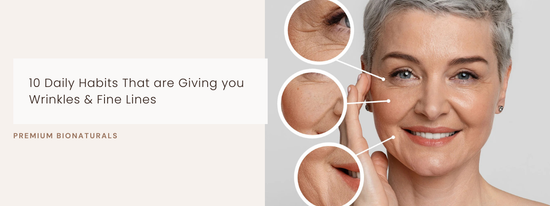If you’ve ever wondered when soap and water will do—and when you need a germ-killer—this guide demystifies disinfecting and cleaning with quick, practical rules.
Disinfecting and Cleaning: Clear Definitions

What is cleaning?
Removes visible dirt, dust, grease, and crumbs with detergent/soap, water, and a little elbow grease. It lifts many germs off surfaces but doesn’t necessarily kill them. For tough cookware messes, the same logic applies—lift soils first (think of the tricks you’d use to clean burnt utensils); once the surface is clear, any germ-killing step can actually work.
What is disinfecting?
Uses chemical agents to kill bacteria and viruses on hard, non-porous surfaces. Think of it as the germ-kill step after the mess is gone—the practical disinfecting meaning most homes need to know.
Cleaning vs Disinfecting: Why You Actually Need Both
Soil and grease can block disinfectants. The winning combo is simple: clean first to remove gunk, disinfect second to tackle invisible microbes. That’s the essential difference between cleaning and disinfecting—and why order matters.
Quick rule: Visible mess? Clean. High-touch spots, flu season, or post-illness? Disinfect after cleaning. |
Where to Focus: High-Touch Hotspots
Make a short loop for cleaning and disinfecting surfaces you touch all day:
-
Doorknobs, cabinet pulls, and appliance handles
-
Kitchen counters, fridge and microwave buttons
-
Remotes, phones, keyboards
-
Bathroom taps, flush levers, light switches

Short on time? Borrow a few clever shortcuts from these lazy cleaning hacks to keep the loop realistic on busy days.
The Importance of Disinfecting for Health & Safety
Targeted disinfecting helps break germ chains during cold/flu season or after someone’s been sick. Focus on shared, high-traffic surfaces in kitchens, bathrooms, and common areas to reduce exposure.
What to Use (No Guesswork)
For cleaning (what is cleaning):
-
Soap-based or eco detergents to cut grease and lift soil. If you’re tackling cookware, the methods you’d use to lift stubborn, burnt residues still apply—clear the grime first so any sanitizer or disinfectant isn’t wasted on dirt.
For disinfecting (what is disinfecting):
-
Alcohol- or peroxide-based solutions, or plant-based disinfectants with clearly stated germ-kill claims. Always follow the contact (dwell) time on the label—keep the surface visibly wet for that full time.
One-and-done bundle: The Festive Sparkle All-Purpose Cleaning Kit helps you clean first, then disinfect efficiently—ideal when you want a streamlined cart instead of piecing products together. Explore it → Festive Sparkle All-Purpose Cleaning Kit
The Correct Order (and How to Nail It)
-
Clean with detergent/soap + water. Wipe away soils.
-
Disinfect with a surface-appropriate product.
-
Wait the full contact time—don’t wipe early.
-
Air-dry (or wipe only if the label allows).
💡Pro tip: Color-code cloths for kitchen vs bathroom to prevent cross-contamination—and if you’re after speed, fold in a couple of routine-simplifying hacks so this sequence becomes second nature. |
Frequently Asked Questions
Q1) What is the difference between cleaning and disinfecting?
A) Cleaning removes visible soils; disinfecting kills germs on hard, non-porous surfaces after cleaning.
Q2) Is disinfecting more important than cleaning?
A) They work together. Cleaning is step one; disinfecting is step two for higher-risk moments (post-illness, high-touch areas).
Q3) Do I need to clean before I disinfect?
A) Yes. Dirt and grease block disinfectants. Correct order: Clean → Disinfect.
Q4) What surfaces should be disinfected daily?
A) High-touch points—doorknobs, switches, taps, remotes, phones—especially during illness.
Q5) Can I use the same product for cleaning and disinfecting?
A) Some products do both, but many cleaners aren’t disinfectants. Check for germ-kill claims and contact time on the label.
Q6) What is the correct order—clean first or disinfect first?
A) Always clean first, then disinfect.

